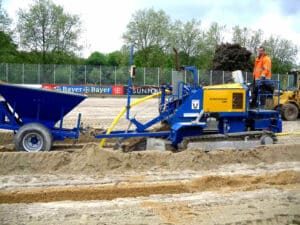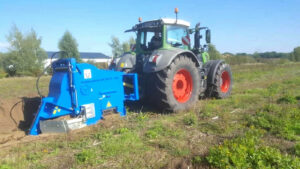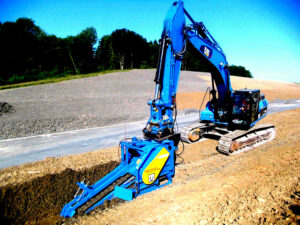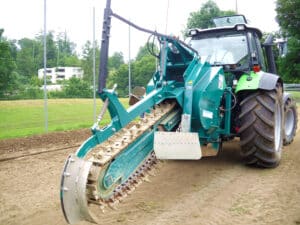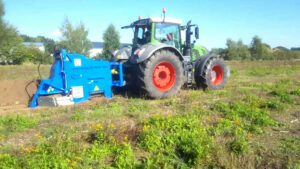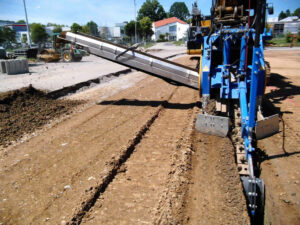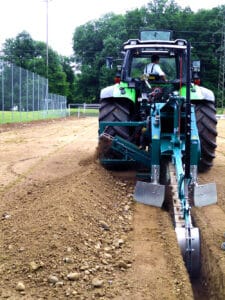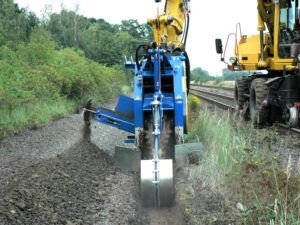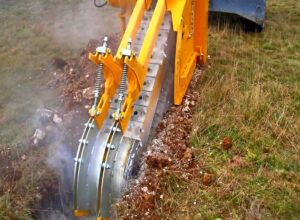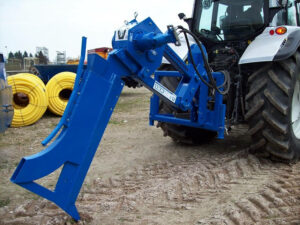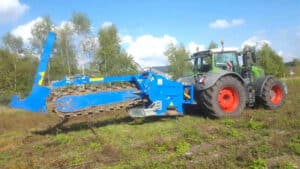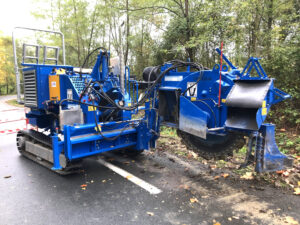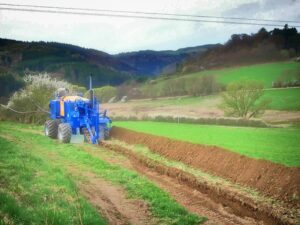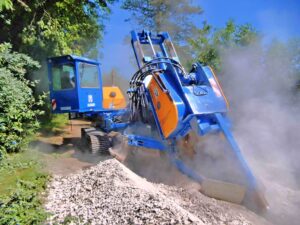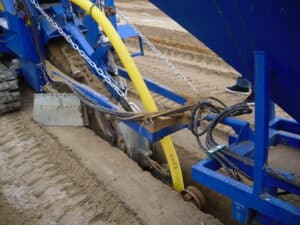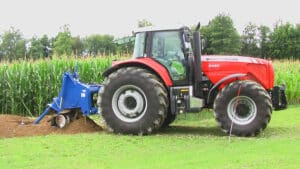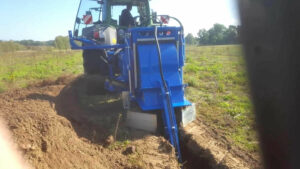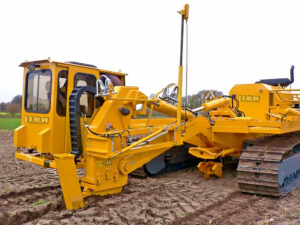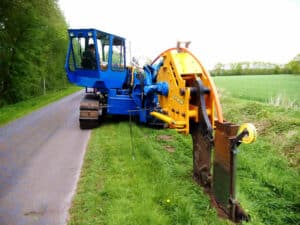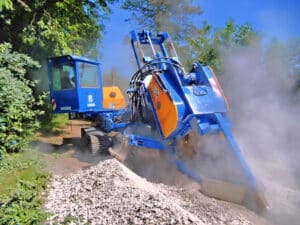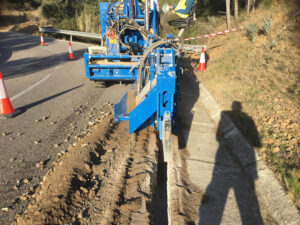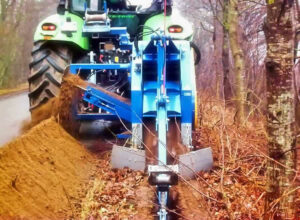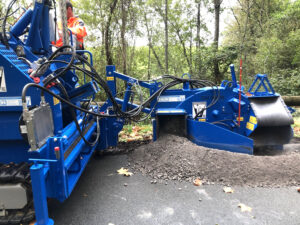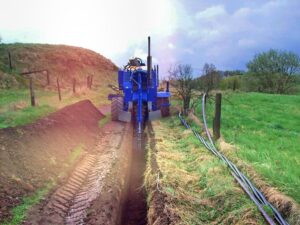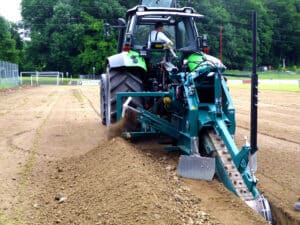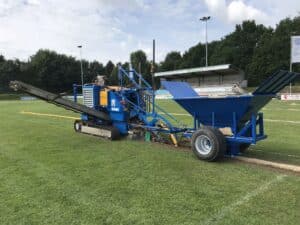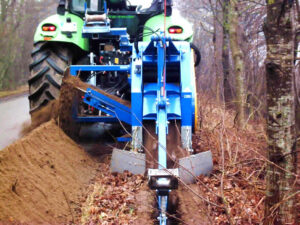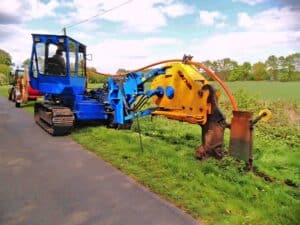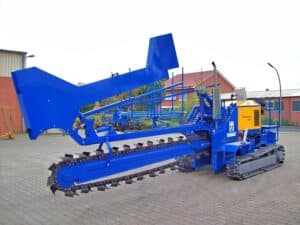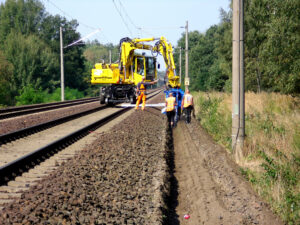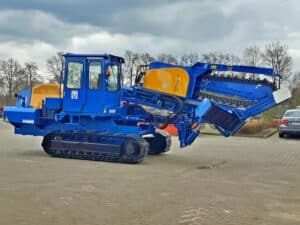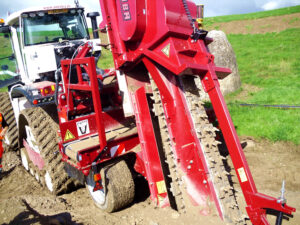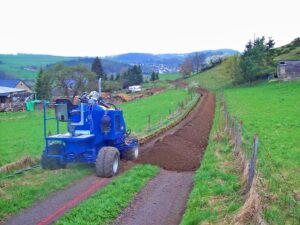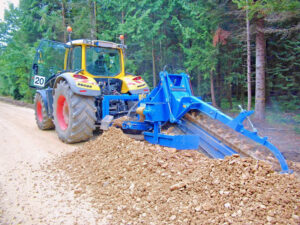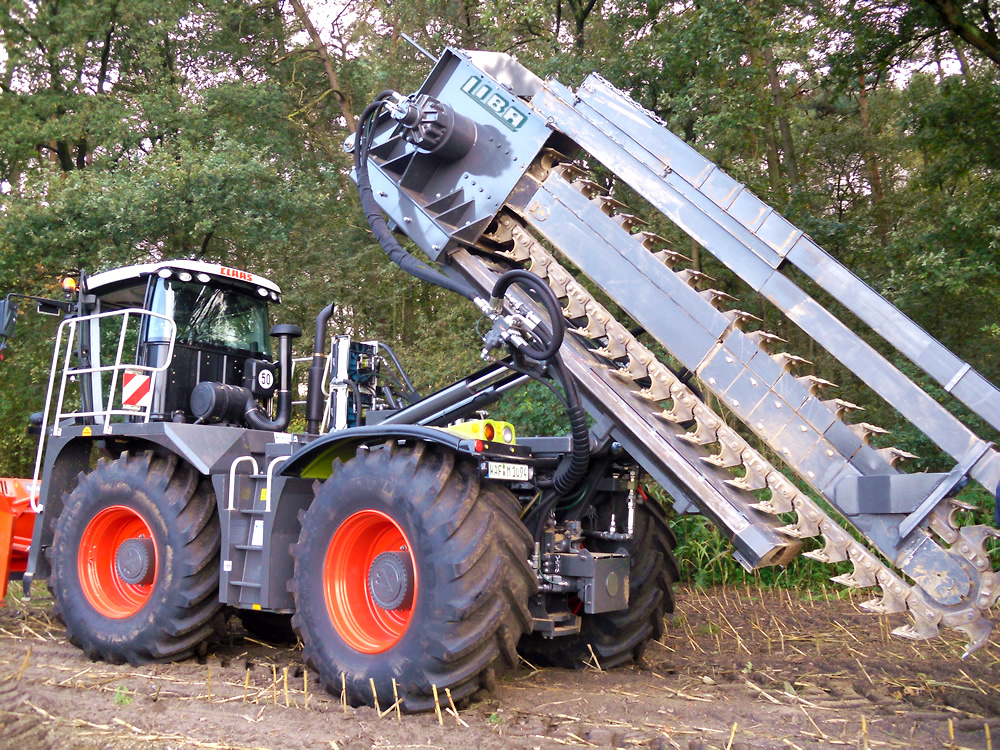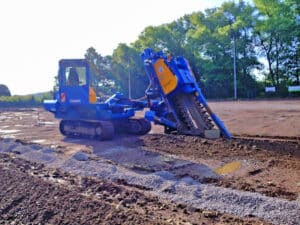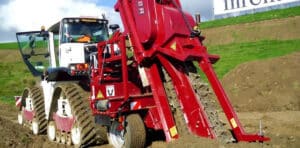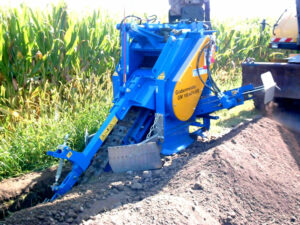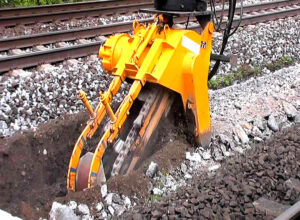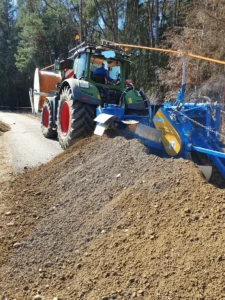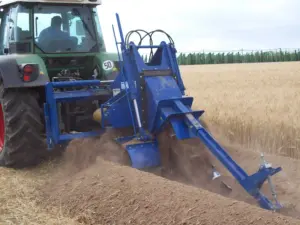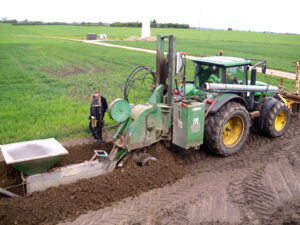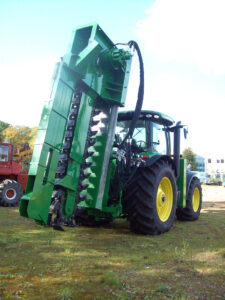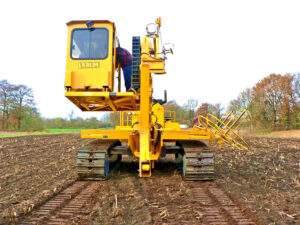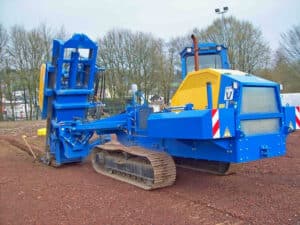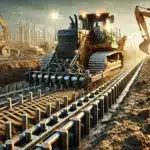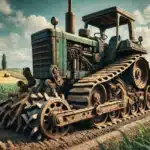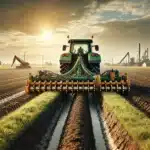There are different types of trenchers that can be used depending on the purpose and soil conditions. Here are some differences in trenchers:
- Size and capacity: Trenchers come in different sizes and capacities. Small trenchers are ideal for use in confined spaces and residential areas, while larger trenchers are suitable for use on construction sites with high volumes of material.
- Soil condition: Depending on the soil condition, there are different trenchers. Light trenchers are designed for use in light soils such as sand and clay, while heavier trenchers are designed for use in stonier or harder soils.
- Drive type: There are trenchers with different drive types, including electric, gasoline and hydraulic. Each type of drive has its own advantages and disadvantages. Electric and hydraulic drives tend to be quieter and more environmentally friendly, while gasoline drives offer greater range and flexibility.
- Attachments: Trenchers can be equipped with various attachments to perform specific tasks. Examples include side scrapers to remove excavated soil and pipe cutters to cut trenches for pipe installation.
- Operation: Different trenchers may have different controls and operating concepts. Some trenchers have joysticks or levers, while others are controlled by pedals. It is important to read the operating instructions for each trencher to ensure safe and effective use.
Overall, there are many differences in trenchers that should be considered depending on the application needs. It is important to understand the requirements of the task at hand and select the appropriate trencher.

